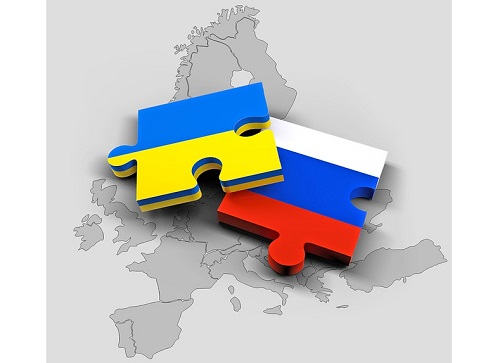Analysts at S&P Global Ratings have looked at a range of potential loss scenarios for re/insurers arising from the conflict between Russia and Ukraine, with its worst case scenario carrying a potential loss of more than $35 billion across aviation, specialty and cyber business.
 There has been much speculation about how a historic loss for the aviation market could be incurred if Russia is able to move ahead with its plans to nationalize some 500+ Western planes that were leased to Russian airlines at the outbreak of war.
There has been much speculation about how a historic loss for the aviation market could be incurred if Russia is able to move ahead with its plans to nationalize some 500+ Western planes that were leased to Russian airlines at the outbreak of war.
It remains unclear exactly how insurance and reinsurance coverage will interact with these losses if lessors of the aircraft are unable to recover their vehicles and seek to recoup their costs, with S&P acknowledging that it could take “many years” to ultimately settle how the losses are shared.
Analysts therefore looked at three possible outcomes of the crisis and their implications for insurers and reinsurers.
In the first, and least severe, scenario, global insured aviation losses are estimated at $6 billion, reflecting reports that 78 aircraft have been recovered or detained outside of Russia so far.
It also assumes that some coverage will have been cancelled, and that future court decisions limit the highest sums insured.
In this first scenario, the $6 billion insured aviation loss will be accompanied by another $10 billion other specialty lines insurance losses, for a total insured loss of $16 billion, based on the explicit war coverage commonly utilised by marine hull war, political risks and political violence business.
There is also the unknown factor of cyber attacks, which were increasing in severity and frequency even before the current conflict, but which could now accelerate even further and entail further large losses for re/insurers, S&P warns, although definitions of cyber war remain a murky area.
In the second scenario, S&P assumes insured aviation losses of $12 billion, based on the appraised insured value of the 515 stranded aircraft, that most policies are not cancellable, and that a majority of potential court decisions fall in favor of lessors versus insurers in terms of sums at risk. In this scenario analysts also added about $15 billion of insured losses from specialty lines.
And in the final worst case scenario, S&P estimates aviation losses of $15 billion, based on even higher losses compared to the appraised insured value.
This reflects potential uncertainties surrounding the exact insured value, the assumption that the vast majority of policies are not cancellable, and that the vast majority of potential court cases rule in favor of lessors with the highest possible insured sums at risk.
Moreover, it’s assumed in the third scenario that specialty lines will contribute another $20 billion of insured losses, for a total of $35 billion, with the potential for cyber losses to again push this figure even higher.
Assuming an insured loss of $35 billion materialised, S&P calculates that the top 21 global reinsurers would together absorb roughly 50%, or $17.5 billion, of these losses.
For most global reinsurers, S&P assures that losses stemming from the Russia-Ukraine conflict are likely to only constitute a capital event, but it warned that for a few reinsurers with a large aviation market share or aviation losses in combination with other losses stemming from the Russia-Ukraine conflict, it could become a capital event.


